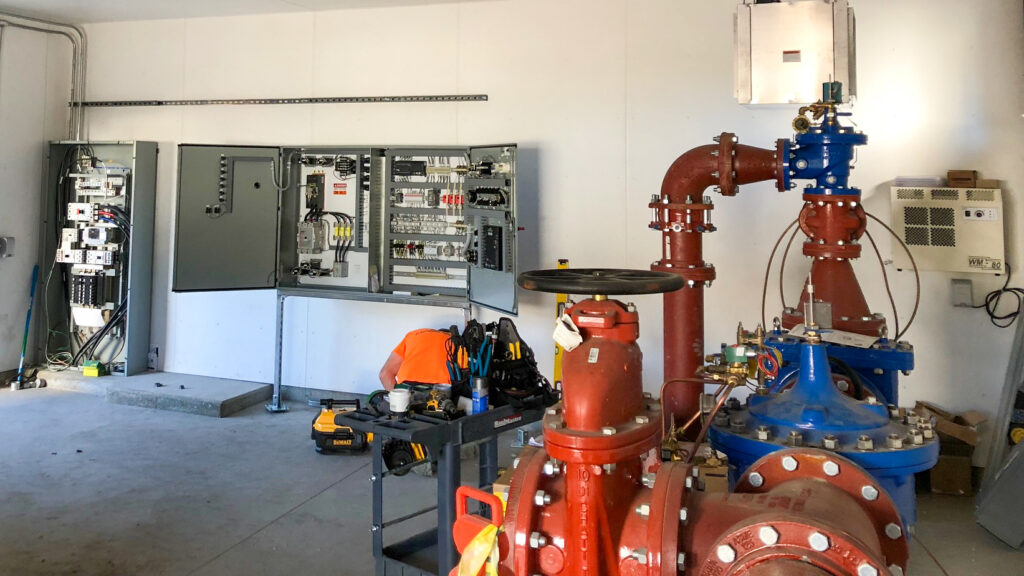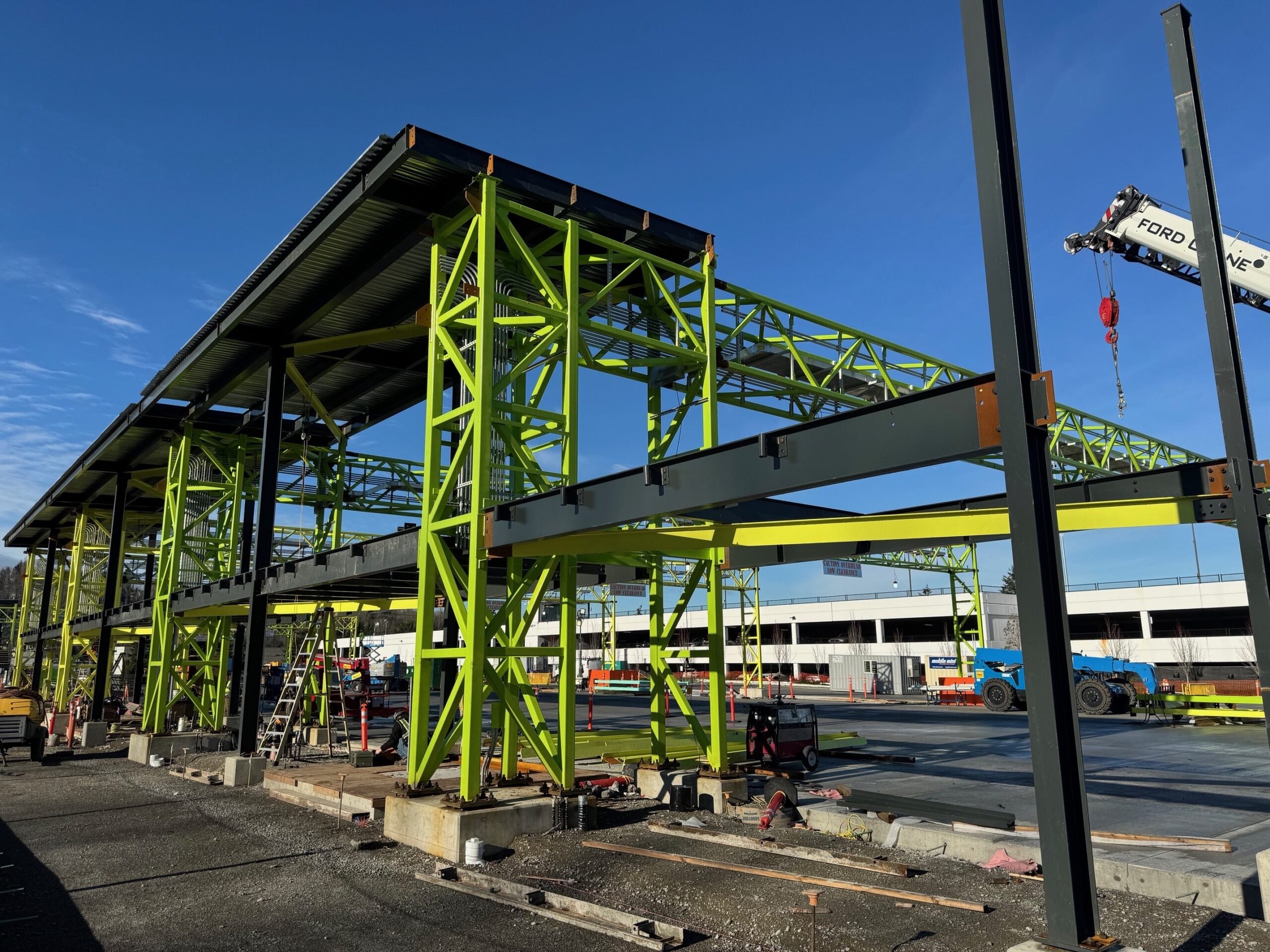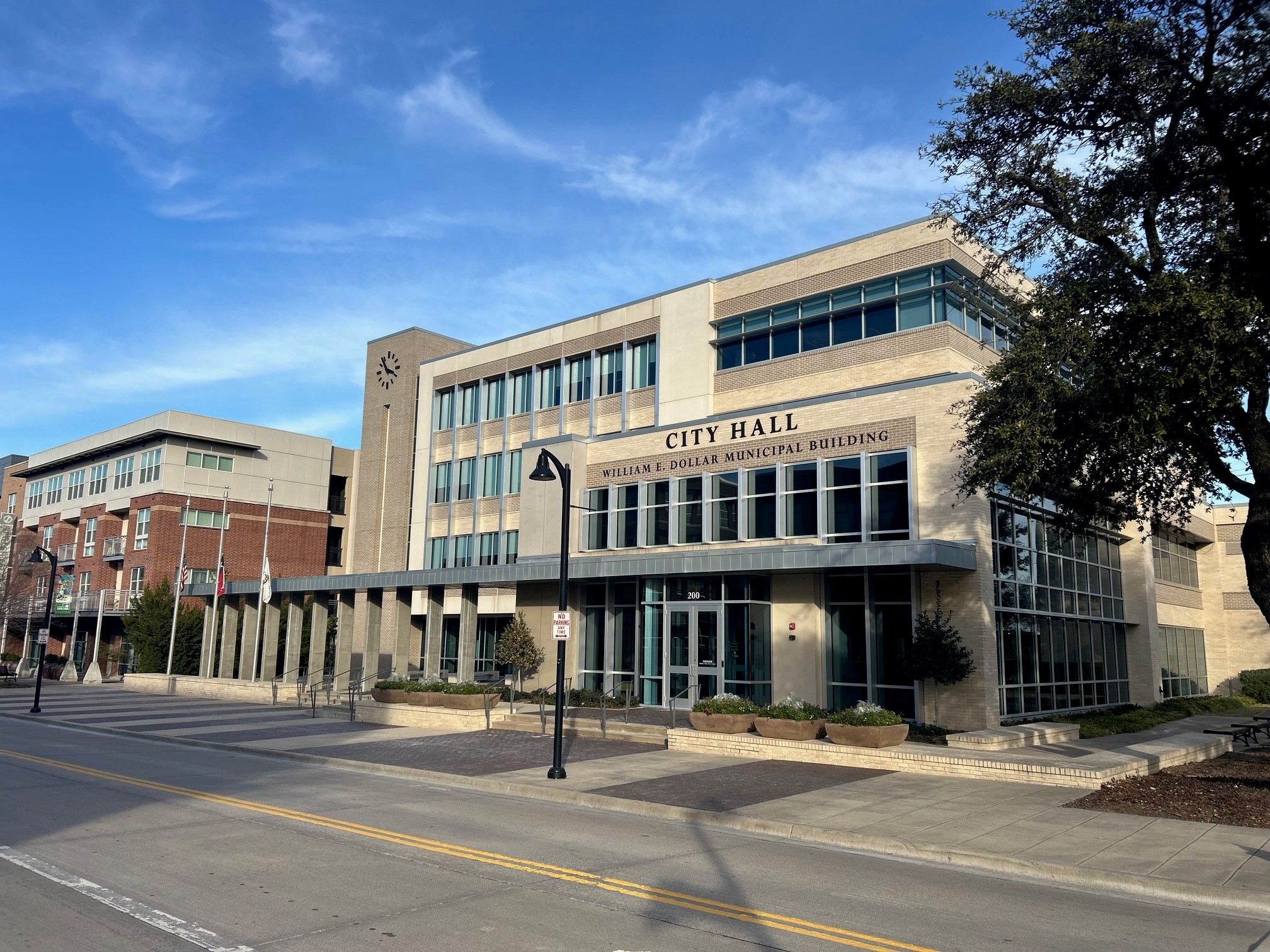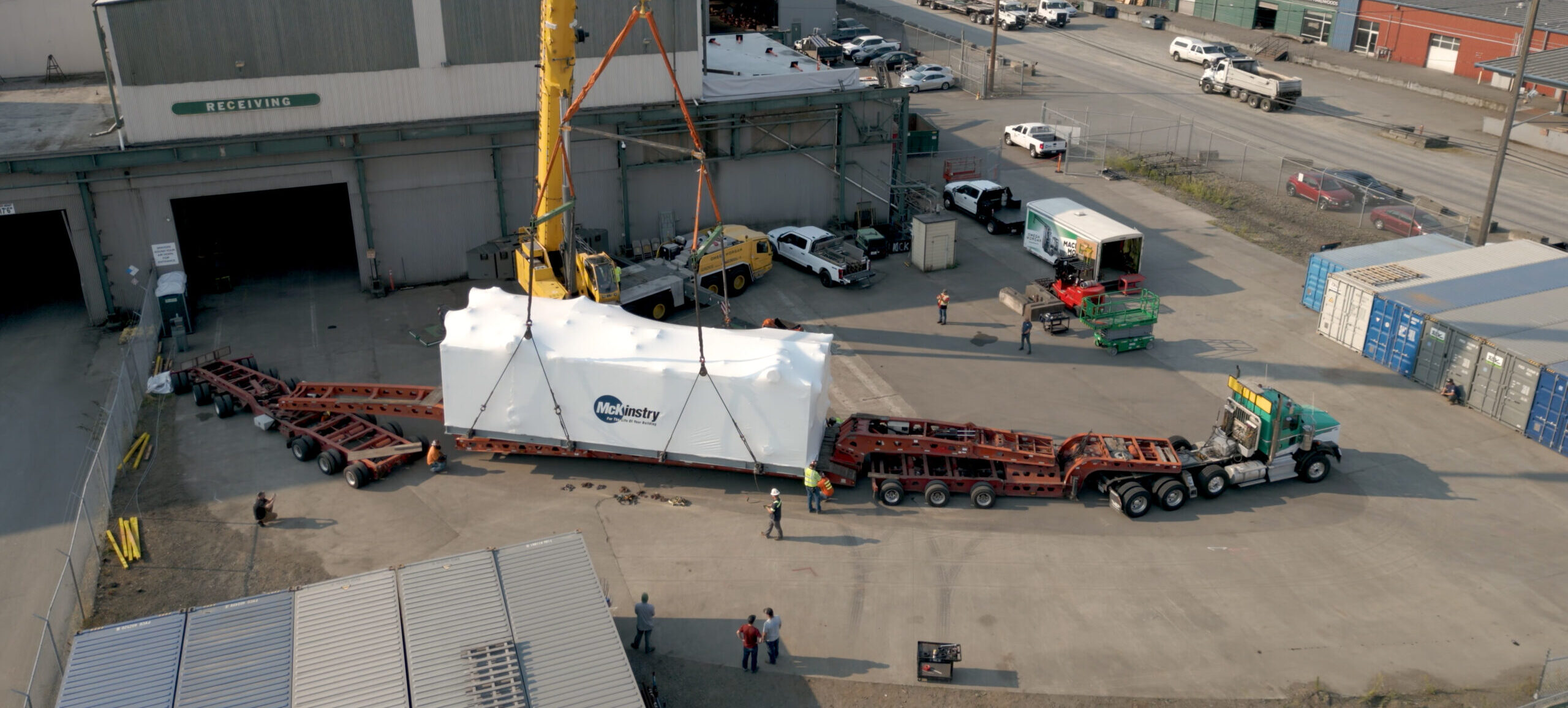- All Posts
- Covington Water District Microgrid
Covington Water District Microgrid
Covington Water District (CWD) serves 50,000 customers in King County, WA. To boost energy efficiency, resiliency and grid independence, CWD is partnering with McKinstry on a new microgrid that improves reliability, lowers costs and supports sustainability—all without raising rates or operating expenses.
The microgrid marks Phase 2 of McKinstry’s ongoing energy work with CWD. In Phase 1, completed in 2018, the district installed an electric-generating hydro turbine by leveraging existing infrastructure. As customer demand grew, CWD needed to connect a high-pressure main from Tacoma Water to a new lower-pressure supply line. Typically, this would require a pressure reducing valve (PRV) station to prevent over-pressurization—an approach that dissipates energy as heat and noise. Instead, CWD captured that energy by installing a turbine in place of the PRV. The turbine reduces water pressure while generating electricity, offsetting more than 100% of the campus’ electrical load, cutting CO₂ emissions by 400,000 pounds annually and saving nearly $110,000 to date. It will also help power future electric vehicles.

Phase 2, now underway, focuses on powering the campus during utility outages. Currently, when the grid goes down, the turbine can’t start—much like a car with a dead battery. As a result, the district must rely on diesel generators and misses out on the turbine’s clean energy potential during that downtime. The solution is a microgrid: a small-scale power system that can operate independently or alongside the main grid. It connects local energy sources and loads into a controllable system that delivers reliable, resilient power when the grid is offline. Microgrids offer key benefits, including protection from outages caused by severe weather, consistent on-site power, reduced emissions and fossil fuel use and stronger energy security through local renewable sources.
Since the turbine is a controllable, renewable energy source—unlike wind and solar, which fluctuate with weather—it’s an ideal choice for campus backup power. The microgrid will enable the turbine to operate during outages, providing clean, reliable electricity when the main grid is down. A battery bank will be added to deliver short-term backup power and automatically restart the turbine by serving as its excitation source. With upgrades to existing switchgear and the addition of microgrid controllers, the system will operate in parallel with the grid and can “island” itself during an outage. This means the turbine will function as an independent power source, capable of running indefinitely and supporting the community during extended grid failures. By eliminating the need for diesel generators, the district avoids fuel costs and supply risks common during emergencies.
To address safety concerns around battery storage—particularly the risk of fires from lithium-ion batteries—McKinstry sourced lithium-titanate (LTO) batteries, a safer, next-generation alternative that virtually eliminates that risk.
Phase 2 includes designing and building the microgrid, battery and electric controls, as well as completing HVAC upgrades. A second turbine will also be installed to serve as a backup and provide additional capacity as the utility grows. Design and equipment procurement are currently underway, with the microgrid expected to go online in the first half of 2026.
CWD is one of the first public utilities in Washington State to generate power from its domestic water infrastructure. Its long-term partnership with McKinstry continues to deliver innovative, sustainable solutions that strengthen reliability, support future growth and benefit both ratepayers and the environment.
Explore Other Projects

Charging Ahead: Progress on King County Metro’s First 100…
Construction of King County Metro’s full-scale electric bus charging base is well underway. As a continuation of our …

Future-Proofing Garland’s Facilities
How a Comprehensive Audit and Assessment Is Helping the City Plan for the Future

What is Offsite Manufacturing? The Future of Construction…
How Prefabrication and Modular Construction are Transforming the AEC Industry McKinstry has been a leader in the b…